Speaking the GraphQL Query Language
Evergreen
🌳Last tended Jul 30, 2019
Web Development
Illustrated Notes
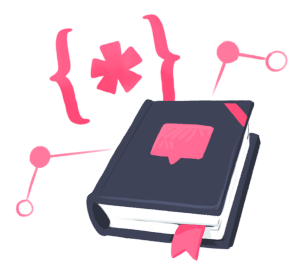
If you haven't heard of GraphQL, the TLDR is that it's a new way to request data from an API. If you're unsure what an API is, head on over to my illustrated article on
One that's easier, faster, better, and stronger than the old
If you're lucky enough to already grok GraphQL, you'll know the QL stands for Query Language – aka. the language we talk to our GraphQL API in.
It's not a terribly complex language, but you'll still need to do some syntax studying to get the hang of it.
Thankfully the magnificent
It's a wonderful introduction for anyone new to the GraphQL ecosystem – Eve explains all the parts of the playground interface that are not in the least bit intuitive. I'd been stumbling about in my own GraphQL queries lost and afraid until I worked through this.
Anyways, as usual I drew some things:
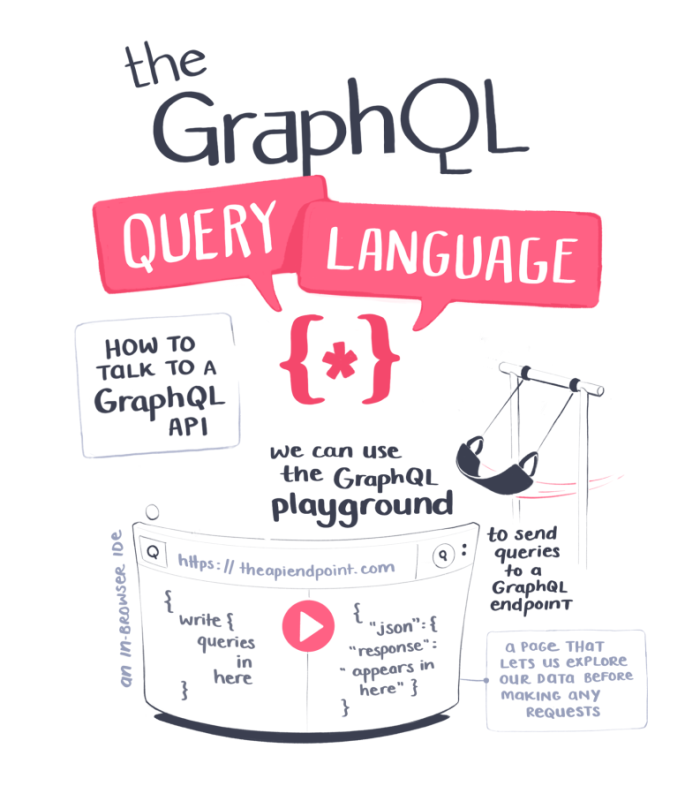
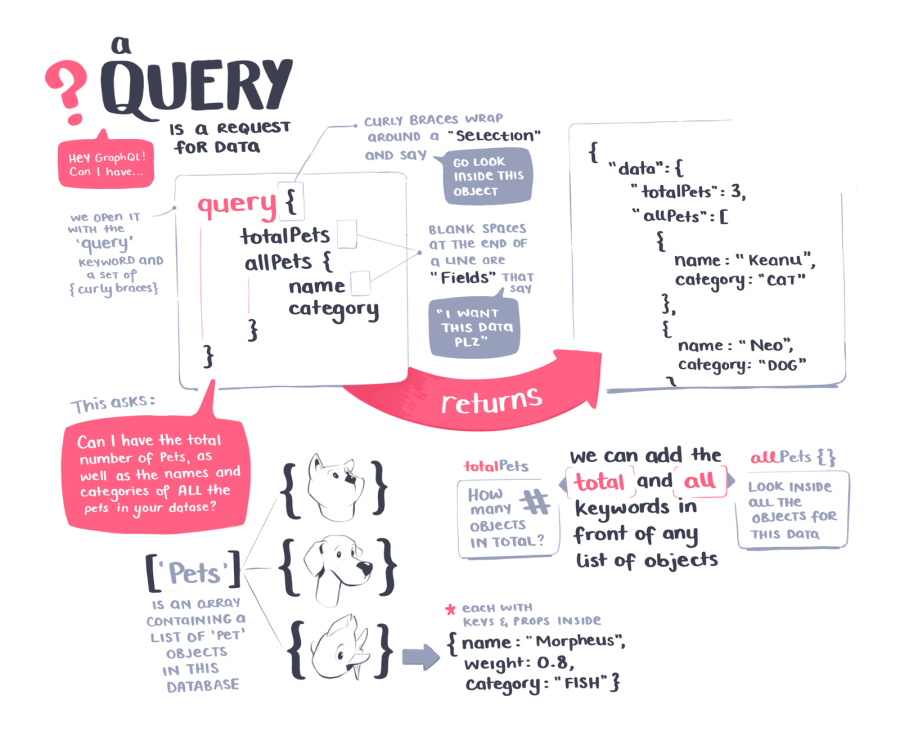
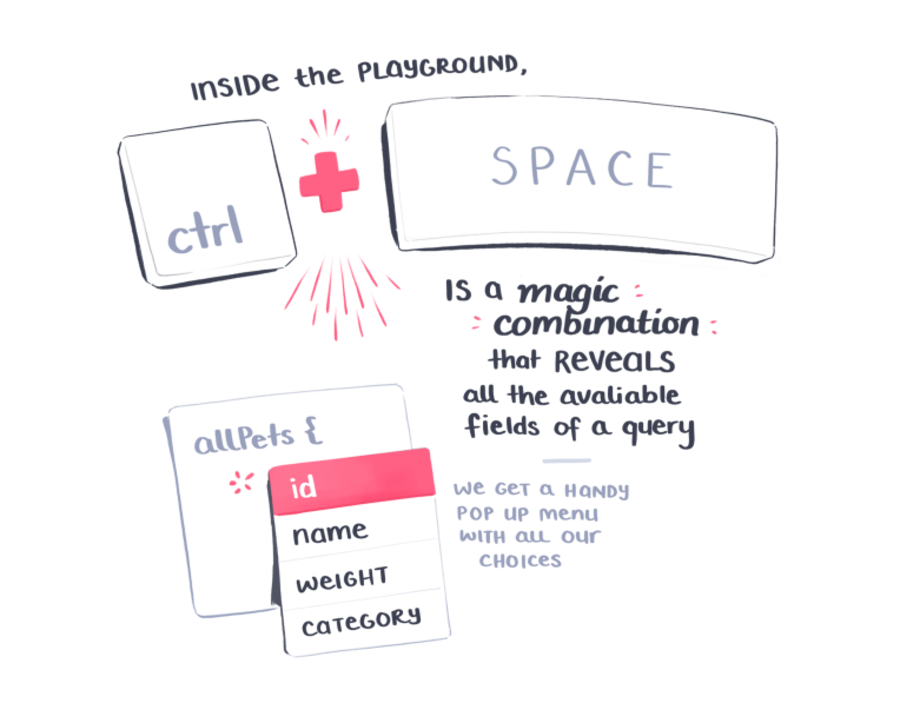
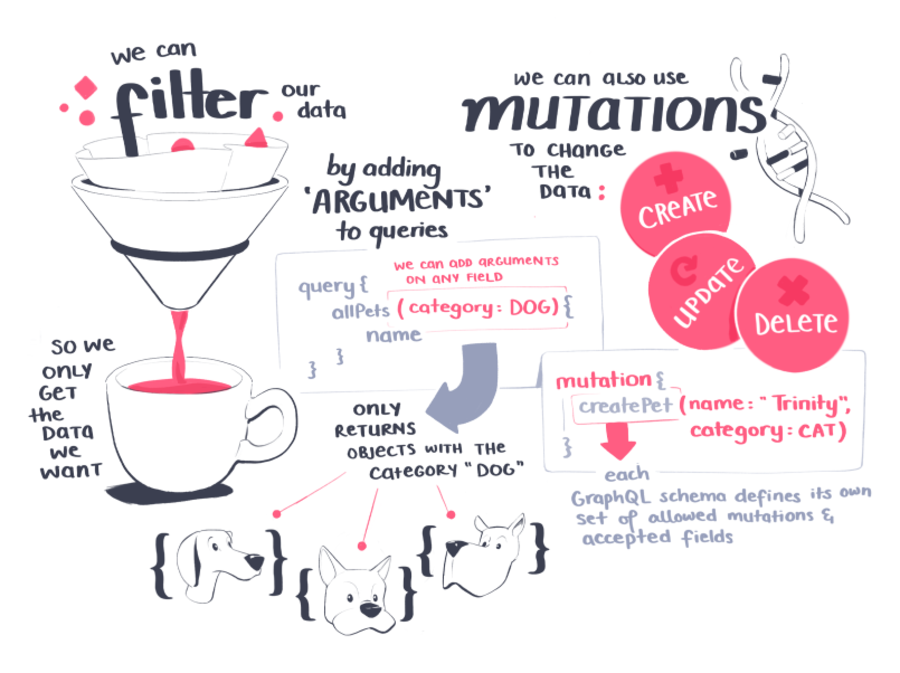
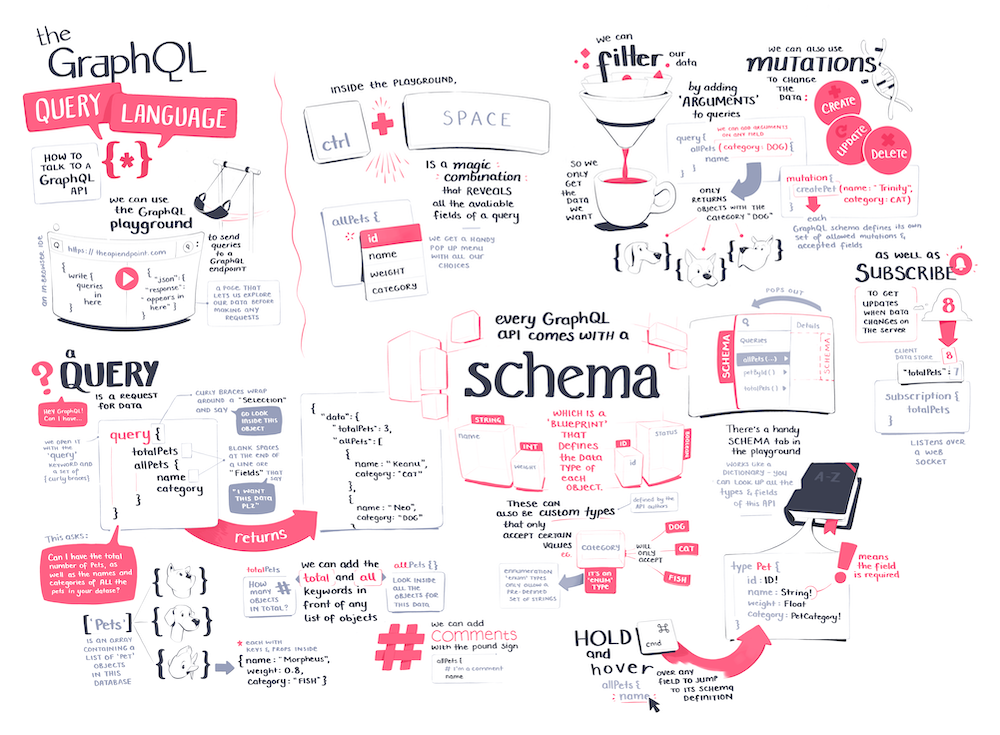
Bonus Poster
Twitter kept bugging me to make prints out of these illustrated notes, so this one is now purchaseable as a real life object on the
There's framed versions and unframed, depending on how fancy you feel. You can


Want more illustrated notes on web development?
Take a look at
Linked References
The Art and Craft of Gatsby Themes
More illustrated notes, this time on Gatsby themes . They're one of the newer features in Gatsby.js – little building blocks of site functionality you can mix n' match n' share on NPM. Chris…
The JAMStack, Gatsby & Contentful
If you've been keeping up with the sweetest new static-site generation tools, you'll have heard of the JAMstack. And if you havent, don't worry it's a niche web developer thing - Jamstack WTF…
Building VR Apps with React360
Turns out you can build almost anything in React now... including VR and AR apps inside a web browser. There's a version of React called React 360 that simplifies the otherwise niche and overly…
Instachatting with Vue & Socket.io
The intantness of chat apps has always been a mystery to me. The technical details of moving emojis through The Internet Pipes and across continents in 0.004 miliseconds is well beyond my paygrade…